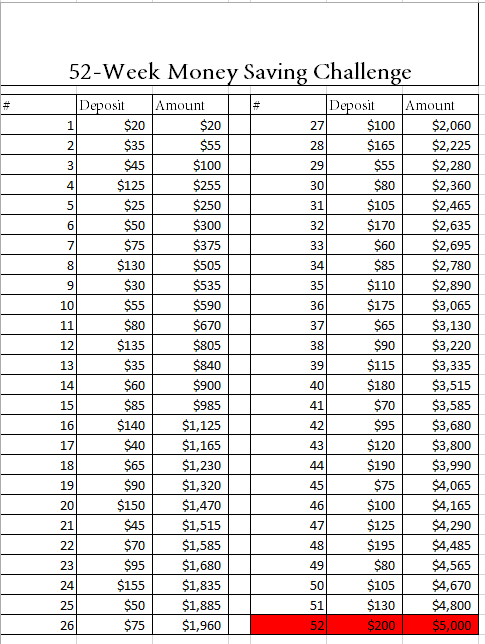
This age old budgeting system still offers valuable insights to individuals and families across the country. Simplistic in form, this budgeting tool can help you manage your funds through direct accountability and a simple tracking function. Get started today, and Heartland Bank will help you along the way!
- What is the envelope System?
The envelope system is a budgetary guide where each category of your budget is represented by a physical envelope, filled with the cash for that month’s spending. As you need to spend in a designated category, you only use the funds from its matching envelope. Once the envelope is empty, no more spending.
- How does it work?
This budget hinges upon your accountability to yourself, and not overspending in areas where there is no cash remaining. Before setting the amounts for the month, examine your current spending and see which areas perhaps you could cut back, and other categories that may need a few more dollars. This will help ensure that your monthly budget is an achievable goal, that won’t leave you wanting at the end of the month.
- Why should I try it?
Getting your finances together helps open opportunities that may not have been present before. By accurately and responsibly managing your finances you may have the potential to save for a vacation, pay off debt, or purchase that item you’ve been dying for. By trying this system you are creating a goal for you and your family to look forward to a debt-free and more financially secure future.
Getting started is as easy as 1-2-3. Stop in the bank today and we can work with you to withdraw the amounts needed for your individual spending categories, and we’ll even give you the envelopes to go with them. If you’re still curious on how to best set-up your monthly budget, we can help with that too – just drop us a line or stop by!











